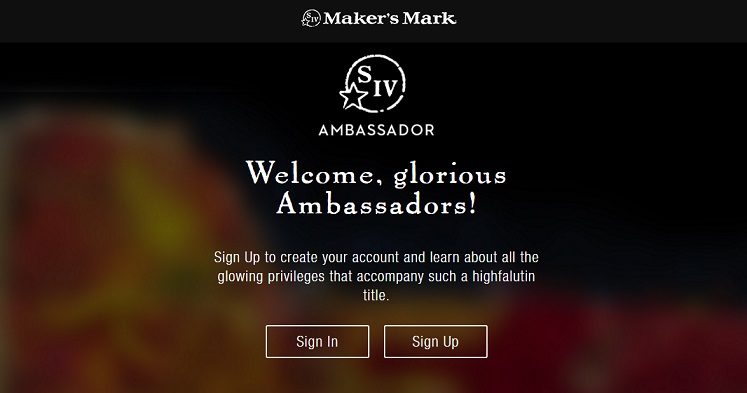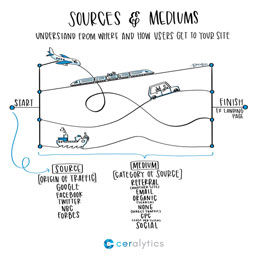If you don’t have a customer engagement strategy, you are needlessly losing customers and revenue. How are we so sure? One study found that companies with strong customer engagement retain an average of 89% of customers, 56 percentage points higher than those with weak ones.
Customer engagement can take many forms, including personal interactions. But from a content marketer’s perspective, engaging customers involves using content and brand storytelling to establish yourself as a trusted resource who understands your audience’s challenges and contributes to their success. When done correctly, brands no longer are the seller of services or wares, but the entity invested in helping people achieve something greater than what your product or service provides.
Guinness created a perfect example:
What does wheelchair basketball have to do with beer? Absolutely nothing. However, the story engages audiences because it shows the bond of friends, and Guinness just so happens to be part of that bond.
Now, a professional video team certainly makes engaging customers easier, however any content marketing budget can still churn out engaging content. Take a look:
1. Connect business goals to customer engagement
A great rule of thumb in content marketing is to always start with your goal. Guinness didn’t create the commercial above because it wanted to tug heart strings. It did it because it wanted to sell more beer.
Once you identify your business goal for a particular content marketing campaign, you need to zero in on who makes up that audience. To truly engage someone, you need to know their aspirations, their fears, their backgrounds.
Savvy content marketers will consider any number of factors. Age and geography are two common ones, but B2B brands will likely also consider the audience’s role within a company and what people in that role personally want to achieve. People want to do a better job, but the real motivation often is tied with career advancement. For B2C brands, the focus, like in the Guinness ad, often falls on building new or stronger personal relationships. By no means are these comprehensive lists, but they are common themes.
Dig into the internal drivers of your target audience and brainstorm types of content that can appeal to them. Content intelligence plays a critical role in helping identify what has and will work moving forward.
2. Turn your audience into insiders
Many brands have adopted content marketing and social media strategies centered on providing free advice. This helps brands establish themselves as thought leaders and reputable, knowledgeable resources. How-tos from plumbers and recipes from baking brands are all examples of this.
As this has become a common content strategy, you can up your engagement quotient by providing your inner circle of customers advice and knowledge. The barrier to entry doesn’t have to be high. If you’d forgive one last trip to the world of alcohol, Maker’s Mark does a tremendous job.
Its ambassador program requires people to provide standard pieces of information (name, address, email, etc.), and in return they receive their name engraved on a whiskey barrel, updates on that barrel’s aging, a chance to purchase a bottle from that barrel, updates about special releases and access to its newsletter. Pretty cool, huh?

The Maker’s Mark Ambassador program makes its customers insiders in the world of bourbon whiskey.
Outside of the world of booze, this tactic still works. Marcus Sheridan entered the content marketing hall of fame when he developed a content strategy that broke records for in-ground pool sales during the Great Recession.
Sheridan credits a single blog post with more than $2 million in sales. What was so special about this post? He tore down the curtain that his competitors had kept up. Upon noticing that other pool sellers never listed prices on their websites, Sheridan wrote an in-depth article about fiberglass pool prices.
In a Q&A with The New York Times, Sheridan said, “The problem in my industry, and a lot of industries, is you don’t get a lot of great search results because most businesses don’t want to give answers; they want to talk about their company.”
Treating people as a VIP and providing them information they can’t get anywhere else will go a long way in engaging your target audience.
3. Connect with audiences on emotional level
Though Maker’s Mark and Marcus Sheridan created engaging content that appealed more to people’s rational sides, creating content that makes an emotional appeal can also pay dividends in terms of engagement, retention, and sales.
As Adam Vavrek of Content Standard puts it, “Creating content that sparks an emotive response can build a rapport between publishers and readers, improve brand loyalty, and empower members of an audience to feel more comfortable in their skin.”
These days when considering a product or service, your audience will use social media and search engines to research, research and do some more research. Easy access to a vast amount of dissenting opinions and stats has led us to change, at least in part, how we evaluate and purchase products, according to Forbes. People now rely more on emotion to make decisions.
The health care industry in particular has invested heavily in creating emotionally compelling content, tabbing patients to tell their stories. Sure, patients can’t go into the nuts and bolts of a particular procedure, but they will be able to discuss how a particular doctor enabled them to attend their child’s high school graduation or resume playing tennis with their spouse.
As marketers at medical centers often rely on patient stories, brands outside of the health care sector can leverage their customers’ experiences to tell compelling emotional stories. The key is focusing on the participant’s personal outcome. Perhaps, a new piece of technology saved a small business from bankruptcy or particular chocolate chips made it into a batch of cookies that reached a soldier in time for the holidays.
If you need help finding these stories, search social media for happy clients and meet with your sales reps and account managers to identify customer contacts.
4. Right content, right audience, right time
Remember, content customization is key. What makes an engaging piece of content engaging for Joe CEO in Idaho may not be a great piece of content for Annie Analyst from Annapolis and vice versa.
Work with your customer service, product, sales, social media and email automation teams to determine the optimal times to provide content to specific segments of your audience. They will be able to provide anecdotal and quantifiable data about when in the sales cycle prospects put up roadblocks, about the questions customers have, about their aspirations and challenges.
A well-timed, well-constructed engaging piece of content may be just what they need to see your solution as the right one. There’s no formula on this; it comes down to using all of your resources, including technologies like content intelligence, to understand what will truly connect with your audience and help grow their relationship with your brand.


